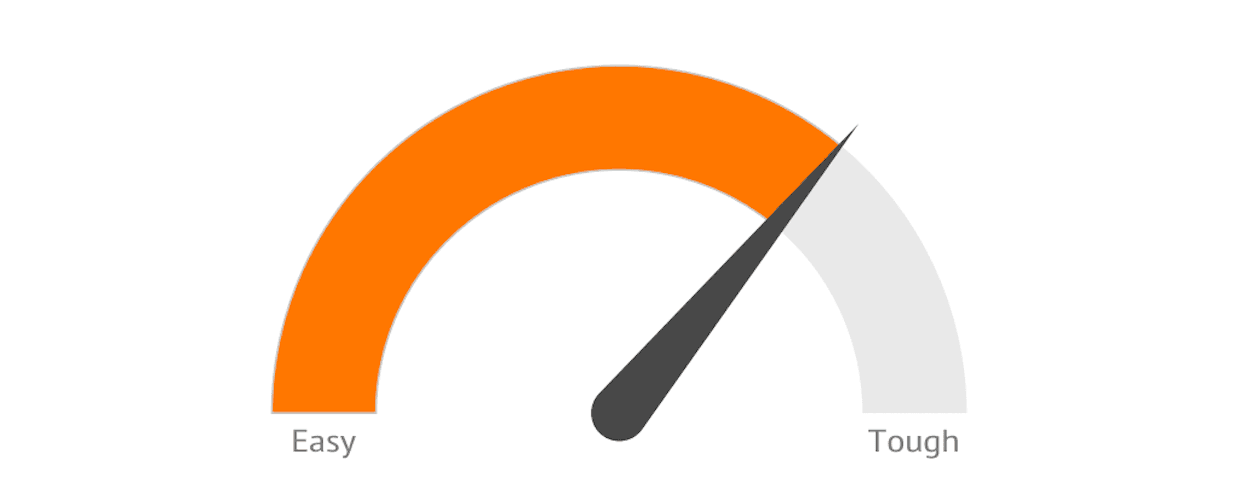One of the general rules of OKRs is the Targets set in Key Results should be a stretch and that achieving around the 70% mark can be seen as a success.
So is the rule you should follow as simple as that or is it nuanced? Here are some nuances you should consider.
Stage in OKR roll-out
If you’re just getting up and running with OKRs and you make a big deal of setting stretch goals, then the first experiences of OKRs for most people will be one of missing lots of goals. Even though they knew they were hard, the psychology of this for many is hard to get their heads around.
So one approach that is sometimes used is to weight goal targets towards being closer to 100% achievable initially – a difficulty we call Business-as-Usual (BAU). You may also chose to add a few ‘Hard’ targets where 70% is a win, and perhaps one almost impossible ‘Moon Shot’. This then introduces the idea of difficulty.
Some Metrics are set as BAU and consistency can be better
You often find sales pipeline quota targets are set as BAU in budgets and are defined at a level to be hit, not hit at 70% of the target. To set targets at two levels could be seen as confusing e.g. Salesforce has Bookings targets at $100K and our Key Result at $130K.
The Psychology of declaring Difficulty
Goal setting is as much to do with Psychology as mathematical thresholds. If you’re setting goals and you’ve labelled them as BAU when others are working on Hard targets then that may make you uncomfortable, and therefore you may feel encouraged to push yourself harder.
Context is everything
It’s common to have a blend of Key Result Difficulty. This makes it important to be able to see what the creator of the Key Result considered the Difficulty to be. If they are achieving 30% of a Moon Shot at the end of the Quarter, this could be a huge win. If they are achieving the same 30% of BAU, then the opposite is true. It’s worrying.
OKRs are adaptive
OKRs have some guiding principles but they need to be adapted for your company, your teams, your people, and the level of OKR maturity you’re working at.
I’d love to hear your thoughts and Experiences of setting Key Result Difficulty.
If you’re setting OKRs in a spreadsheet or feel that you need to press the reboot button on your organizations approach to setting and embedding OKRs, you may want to consider using OKR Software.
Learn about the best ways to write OKRs with our OKR examples for different departments.

